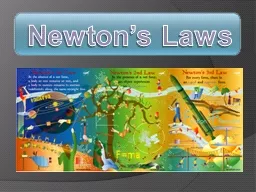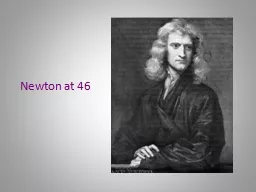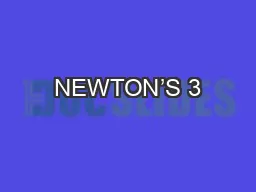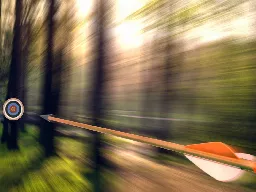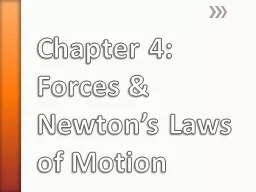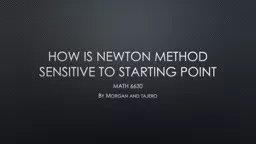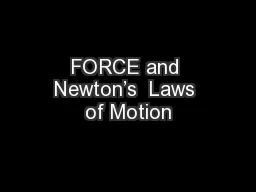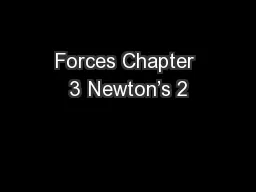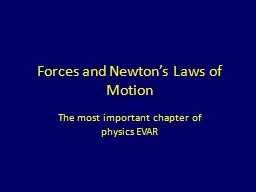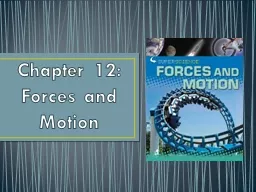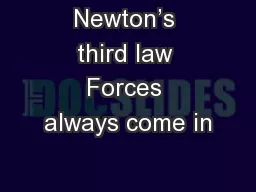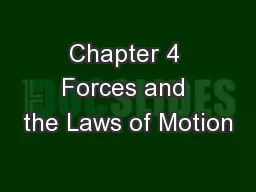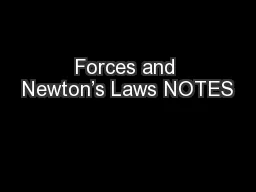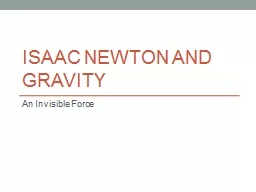PPT-Forces and Newton’s Laws
Author : faustina-dinatale | Published Date : 2020-01-13
Forces and Newtons Laws SP1 Students will analyze the relationships between force mass gravity and the motion of objects d Measure and calculate the magnitude of
Presentation Embed Code
Download Presentation
Download Presentation The PPT/PDF document "Forces and Newton’s Laws" is the property of its rightful owner. Permission is granted to download and print the materials on this website for personal, non-commercial use only, and to display it on your personal computer provided you do not modify the materials and that you retain all copyright notices contained in the materials. By downloading content from our website, you accept the terms of this agreement.
Forces and Newton’s Laws: Transcript
Download Rules Of Document
"Forces and Newton’s Laws"The content belongs to its owner. You may download and print it for personal use, without modification, and keep all copyright notices. By downloading, you agree to these terms.
Related Documents

